Fundamental study on entrainment and scalar diffusion in jets and their modeling
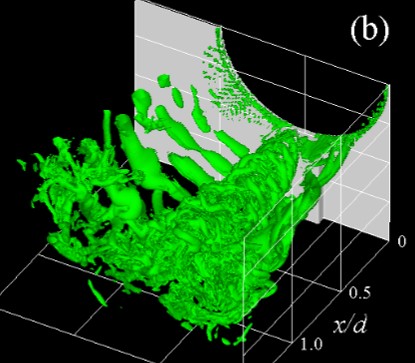
A jet stream is a flow that vigorously ejects from a nozzle or slit. As the jet stream progresses downstream, its components diffuse and simultaneously entrain the surrounding fluid. The entrainment mechanism is described by phenomena known as nibbling and engulfment, but the degree of contribution to entrainment largely depends on the initial conditions (such as jet shape and Reynolds number). The aim of this study is to elucidate the turbulent transport mechanisms of various jet streams primarily through velocity and temperature measurement experiments and to model these mechanisms.
Control of heat and mass transfer in jet streams and optimization of conditions using deep reinforcement learning
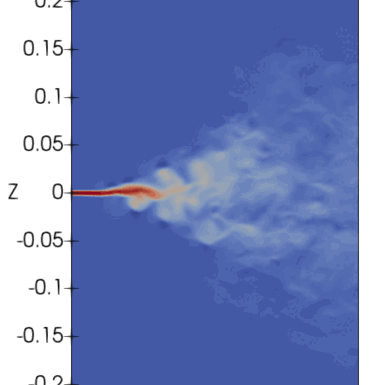
Jet streams are phenomena observed in various fluid devices such as engines, air conditioners, and air curtains, and their control is crucial. This research focuses on developing control methods using vortex generators, as well as optimizing the initial conditions of jet streams using deep reinforcement learning. For instance, in air conditioning, energy efficiency can vary significantly depending on whether the goal is to control the temperature of the entire space or to achieve localized control by altering the ejection method. Additionally, while it is generally believed that the velocity field and temperature field have similar distributions, it has been found that with special initial conditions, they can exhibit dissimilar distributions, enabling independent control of velocity and temperature.
Noise reduction from a sirocco fan
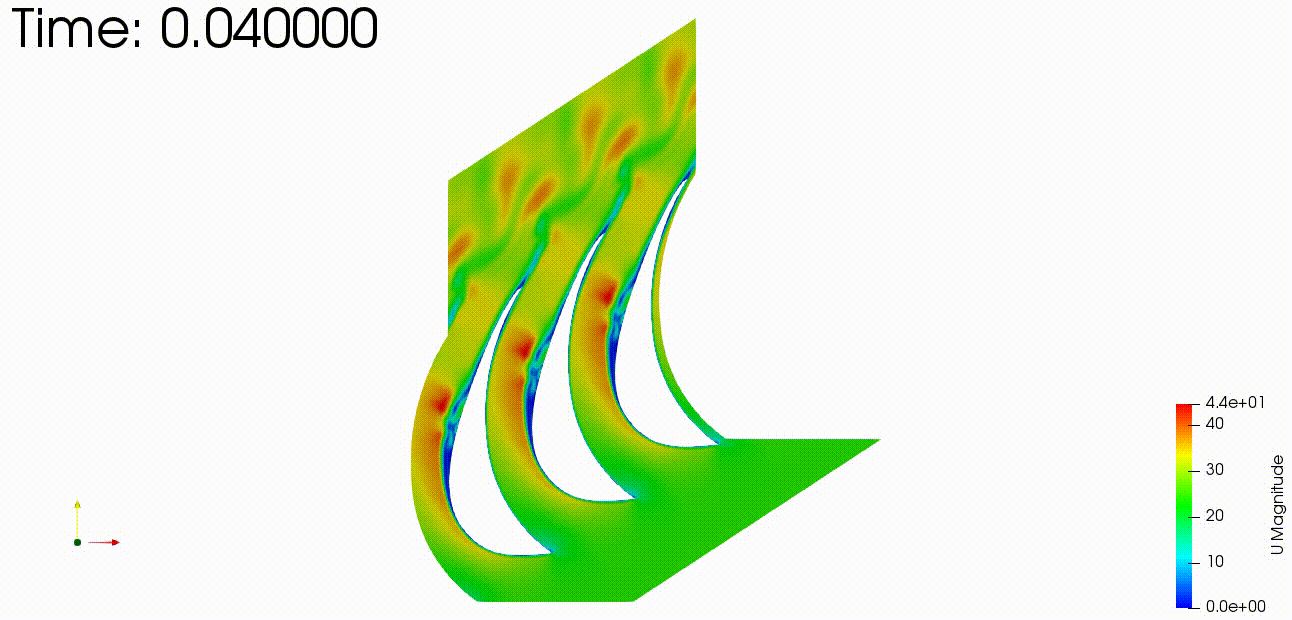
The noise from the blower (sirocco fan) of a car air conditioner can be surprisingly noticeable. This noise is classified as turbulent noise and is said to be caused by the complex flow (separation and reattachment flow) formed between the fan blades, although the details are not yet clear. This study aims to elucidate the noise generation mechanism through numerical simulation-based flow analysis and to optimize the blade shape to achieve noise reduction.
Energy transfer and scalar transport mechanicms in turbulent flows
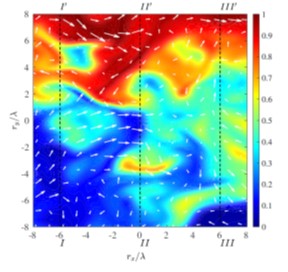
The elucidation of energy generation and dissipation in turbulence, along with the associated scalar transport mechanisms, is a classic theme in fluid physics. Turbulence, which at first glance appears chaotic, is known to possess many universal properties. However, in reality, there exist turbulent flows that satisfy only some of these universal properties and flows that exhibit turbulent characteristics despite not being "true" turbulence. This research focuses on the flow mechanisms in various flow fields, such as homogeneous isotropic turbulence, shear flows, and wake flows, with particular attention to the transport mechanisms of energy and scalars between vortex scales. The aim is to uncover the causes of these phenomena..
Development of wound irrigation technique in surgical procedures
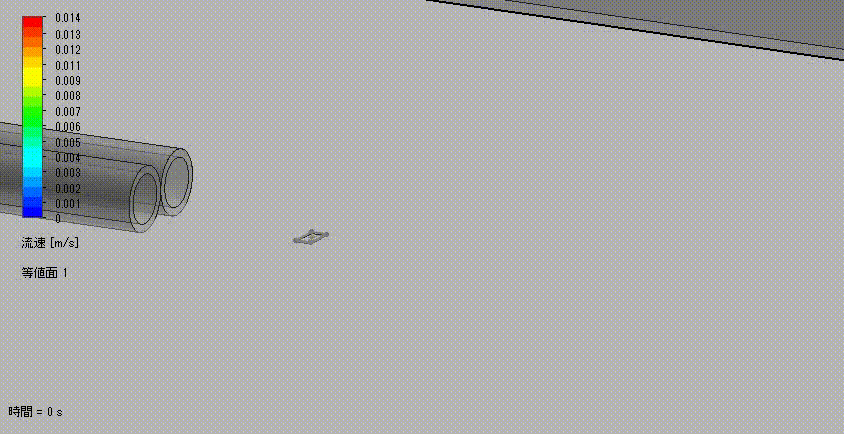
Wound irrigation is a necessary step in surgical procedures. Typically, irrigation involves ejecting a cleaning solution from a forceps nozzle onto the area around the wound, using a large volume of fluid to wash away contaminants. However, in situations where resources are limited, such as in disaster zones or in isolated environments like space, using large amounts of cleaning solution is not feasible. In space, unlike on Earth, the cleaning solution does not accumulate at lower areas but may disperse, potentially causing various problems. Therefore, this research focuses on developing a new forceps nozzle that allows for effective wound irrigation with minimal fluid use, even in extreme environments.
Fluid-structure interaction analysis in offshore wind turbine
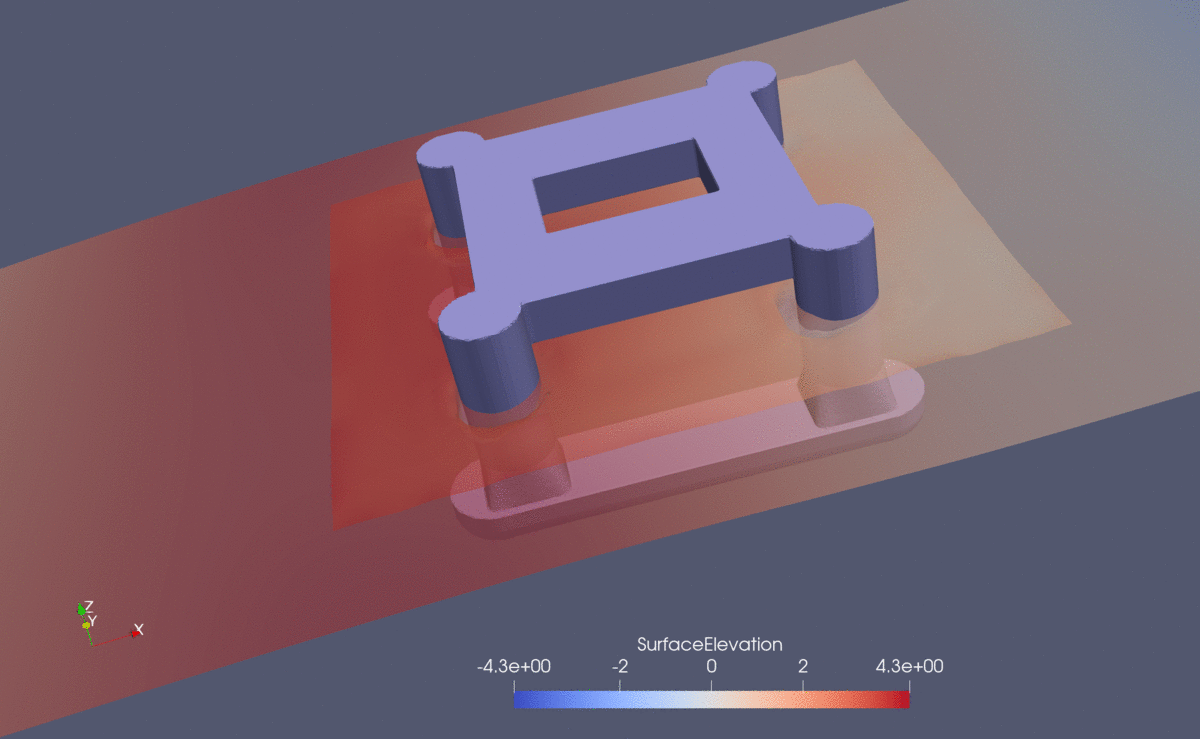
Offshore wind power is a promising renewable energy source in Japan, surrounded by the sea, and extensive research is currently underway. In our research laboratory, we conduct numerical simulations to analyze the spatiotemporal effects of fluctuating winds on wind turbine blades, as well as the associated blade deformation and stability of floating platforms.
